Victory belongs to the most persevering.
Napoleon I (later adopted by Roland Garros)
For those new to tennis, you may have heard the terms “grand slam” or “Roland Garros” and not thought about it. If you'd like to learn more, this is our complete guide to the French Open, the tournament commonly known as Roland-Garros.

The French Open and Grand Slam Tennis at a Glance
We'll assume that you're already familiar with tennis, but if not, then you might first want to read our comprehensive guide.
During every calendar year, there are many different tennis tournaments divided into different levels. In men's tennis, these tournaments are part of the ATP Tour and for women's tennis, they're part of the WTA Tour.
At the top of this structure, there are Grand Slam tournaments. Also known as the majors, these are the most important tournaments within the calendar year.
There are four majors within a calendar year:
- Austrailian Open
- French Open
- Wimbledon
- US Open
The French Open
The French Open is known as Internationaux de France de tennis but is commonly and commercially known as Roland-Garros in every language.
The tournament has existed for over 100 years and was first held in 1981. It takes place in Paris, France, in the Stade Roland Garros, which is located in the city's 16th arrondissement, toward the west of the city. It's the fourth-oldest tennis tournament in the world and the third-oldest of the majors.
Of the four grand slams, Roland-Garros stands out as it's played on clay. The Australian and US Opens are both played on hard courts and Wimbledon takes place on grass courts.

📍Address: 2 Av. Gordon Bennett, 75016 Paris, France
Why Is the French Open Named Roland-Garros?
Much in the same way that Wimbledon is named after where it takes place, the French Open also takes its name from where the tournament is held.
However, Wimbledon is held at the All England Lawn Tennis and Croquet Club (AELTC) in Wimbledon, London, England, whereas the French Open is held in the aforementioned Stade Roland Garros.
You'd be forgiven for thinking that the stadium was named after a famous tennis player, but Roland Garros was a French aviator and pilot. Roland Garros was thought of as one of the first fighter pilots. He died during the First World War after his plane was shot down.
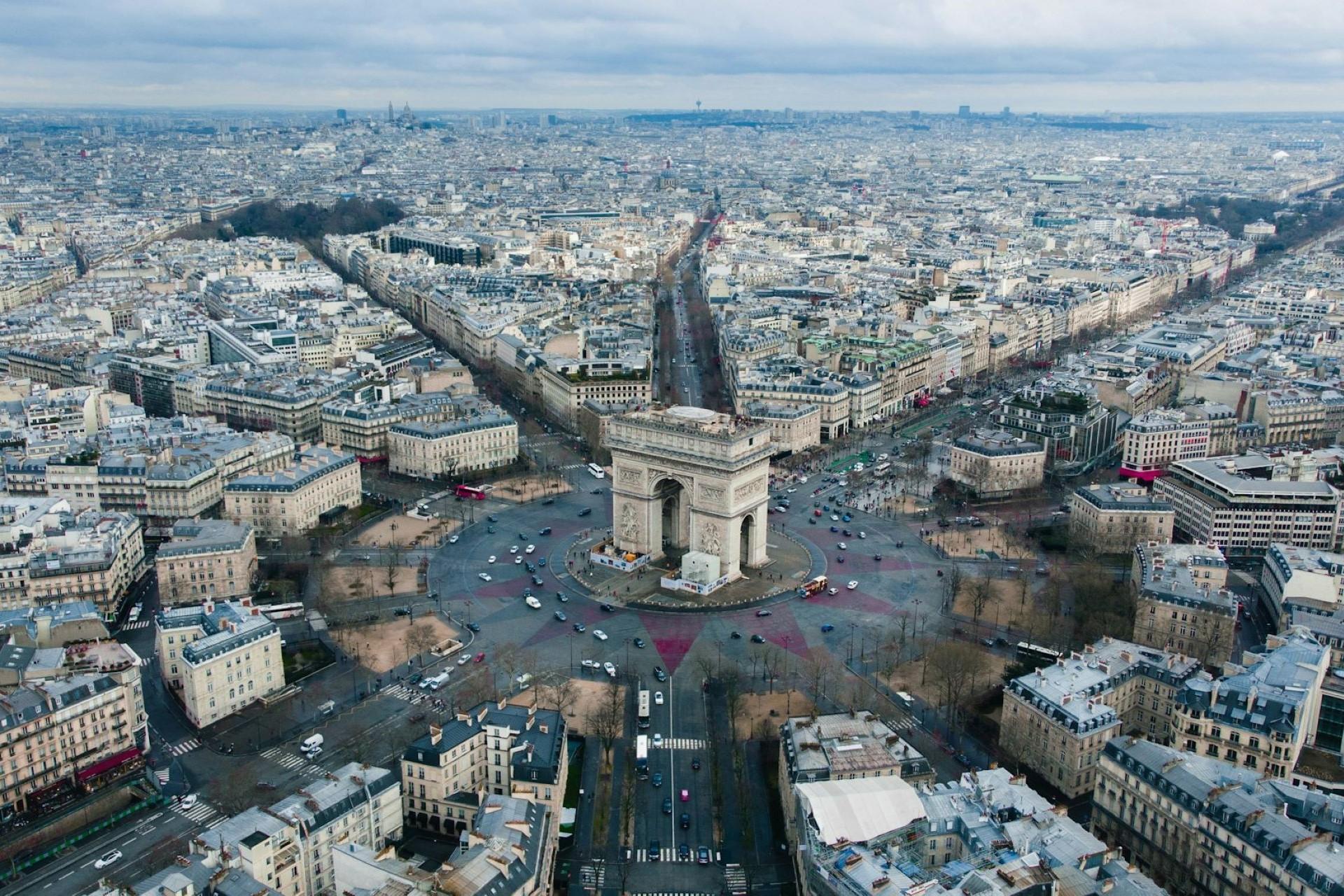
If you'd like to be technical about the French Open, it's named after where it's held, which is named after a French pilot.
Interestingly, many of the courts at Stade Roland Garros bear the names of famous tennis players: Philippe Chartrier, Suzanne Lenglen, and Simonne Mathieu, the latter two being among the most successful women at the tournament.

How Do Players Qualify for the French Open?
As the highest-level tennis tournament, playing in tournaments like Roland Garros, the Australian Open, the US Open, or Wimbledon is most tennis players' dream.
They have three ways to qualify for Grand Slam tournaments:
- Rank among the top 104 players who sign up for the tournament
- Win 3 rounds in qualifying
- Receive a wild-card entry.
total players in Roland-Garros singles tournaments.
There are also 128 doubles players, which means there are 64 doubles teams.
Throughout the whole event, there are men's singles, women's singles, men's doubles, women's doubles, and mixed doubles tournaments as well as tournaments for younger players and the wheelchair tennis categories.
Qualifying for Roland Garros Through Rankings
Qualifying for a Grand Slam or Majors tournament through ranking comes with a few caveats. The players only need to be the highest-ranked 104 players that signed up to the tournament, not within the top 104 ranked players in the world.
It's common for not every player to be able to play in every Grand Slam tournament, with several often missing out due to injury. If a player gets injured before the tournament and will be injured for more than six months but plans to return from injury to play in the tournament, they can also use a “protected ranking”. They can request that their ranking be "protected" or essentially frozen during injury so that they retain the ranking to play in the tournament.
Qualifying for Roland Garros Through Qualifying Rounds
Since only 16 players of the 128 players can obtain a place in the tournament through qualifying rounds, these can be highly competitive.
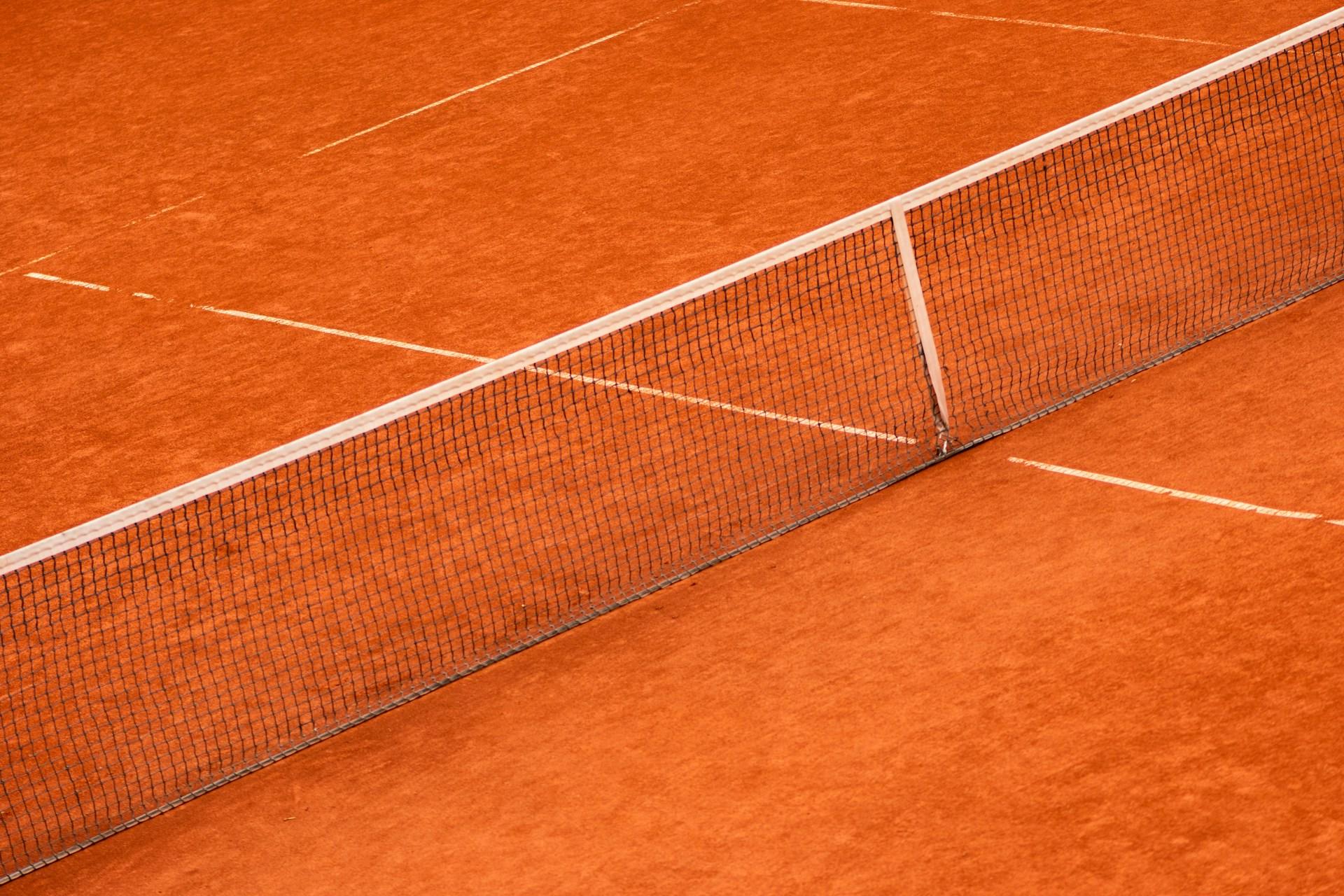
Players will still need to qualify for the qualifying rounds. After the 104 best-ranked players are put into the main draw, the next 119 best players are given qualifying spots with 9 more wild card spots.
This is an incredibly difficult feat to achieve because, in addition to winning three qualifying round matches, to win a Grand Slam, a player would have to subsequently win 7 more matches.
In the US Open in 2021, British tennis player Emma Radacanu qualified through the qualifying rounds and went on to win the tournament, without losing a single set in the process!
Qualifying for Roland Garros Through Wild Cards
Wild Cards are essentially extra space in the tournament for players that the tournament organizers would like to play in the tournament. This is commonly used by organizers to bring in popular local players who mightn't otherwise qualify.
The Grand Slam tournaments also sometimes exchange wild card places with one another. The French Open, Australian Open, and US Open all exchange wildcard spaces with each other so that a player from each of their countries is given a space at the other tournaments.
Because of this, a French player will always be given a wild card space at the Australian and US Open and Roland Garros will feature an American and an Australian wild card entry. Wimbledon, however, doesn't participate in a wild card exchange.
A Grand Slam has only been won by a wild card on a few occasions. This includes Goran Ivanišević's victory at Wimbledon in 2001 and Kim Clijsters' US Open victory in 2009.
Some doubles wild cards have also won Grand Slam tournaments, but no wild card entrant has ever won Roland-Garros.
Which Players Have Won the Most French Opens?
Since the French Open has been going for so long, it predates the Open Era of tennis. Entrants before 1968 had to be amateurs. Before 1925, entrants had to be French nationals or French tennis club members, but this is just one of the things that make the French Open so interesting.
With 14 Roland-Garros victories, the Spanish tennis player Rafael Nadal is by far the most successful player at the French Open by quite a margin. The second-most successful player, Max Decugis, won 8 times. It should be and all these victories were in the early 1900s when the tournament was only open to a select few.
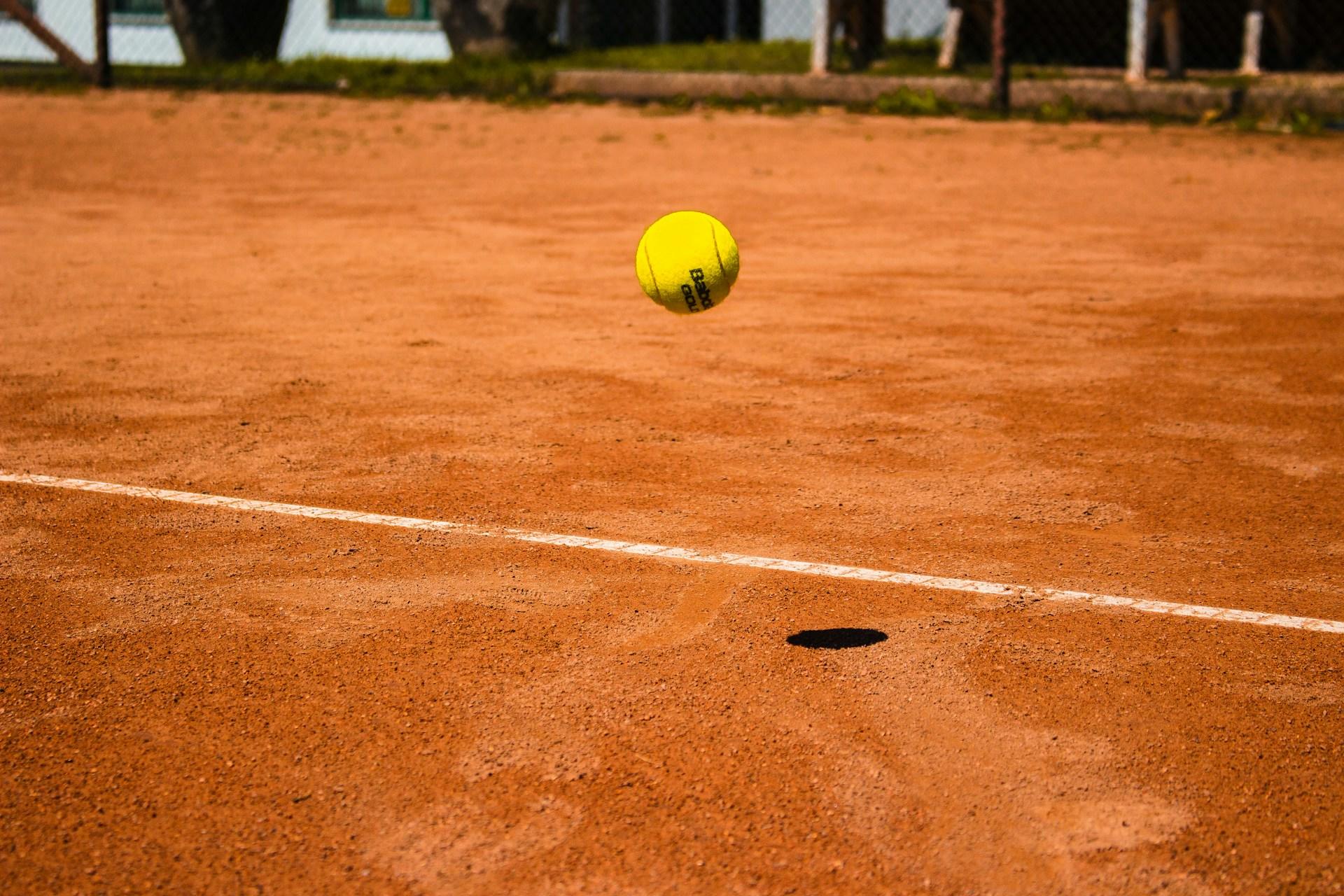
The Swedish player Björn Borg boasts 5 victories between 1974 and 1981. Henri Cochet, who won the French Open 5 times, achieved his most recent title in 1932. André Vacherot and Paul Aymé, both with 4 titles each, both played and won in the era before 1925 when the tournament was far more exclusive.
Nadal's dominance at Roland Garros is incredibly impressive. Since 2005, there have been only 3 times that he lost a match and only 5 tournaments in which he wasn't the men's singles champion. Only Roger Federer, Stan Wawrinka, and Novak Djokovic have beaten Nadal at the French Open since his first title in 2005.
What Makes the French Open Special
Aside from a history that's spanned over a century and all the prestige that comes with winning such a historic and special tournament, clay is king at Roland Garros.

While the top players are naturally fairly exceptional players on any surface, their performances are affected by the playing surface of a tournament and the majority of players will see their win percentages change by greater than 5% between their best and worst surfaces.
Clay can make a difference and with the French Open being the only Major to feature the surface, it's worth watching just to see tennis that's bound to be different from the Australian and US Opens, which are played on hard courts, and Wimbledon, which is famously played on grass courts.
Slow
Medium bounce
Medium
Highest bounce
Fast
Low bounce
The surface means that you also see clay-court specialists. The tournament's most successful player is dubbed the “King of Clay”. If you know tennis, you probably know exactly who it is!
How and When to Watch the French Open
The French Open typically takes place across two weeks in May and June. The 2025 edition will take place between Sunday, May 25th, 2025 with the final on Sunday, June 8th, 2025, though you can also watch the qualifying events in the days preceding the tournament.
In the US, NBC, Peacock, and the Tennis Channel will be providing coverage of the event. Tickets for the event go on sale on March 12th, 2025, but like every major sporting event, they are hard to come by.
You can increase your chances by looking for less popular match-ups and earlier rounds in the tournament. The men's final is the most popular match during the tournament and is usually the most difficult to get tickets for.
Roland Garros
May 25, 2025 7:00 am
If you've fallen in love with tennis because of Roland-Garros or another grand slam event, remember that you can always learn to play tennis with a private tennis tutor.
On the Superprof site, you just need to search for tennis coaches where you are and you can even find online tennis coaches. While online coaches won't be able to take you to the court, they can help you with things like training schedules and diet, so don't rule them out during your search.
With many coaches offering the first session for free, nothing is stopping you from trying a few out.

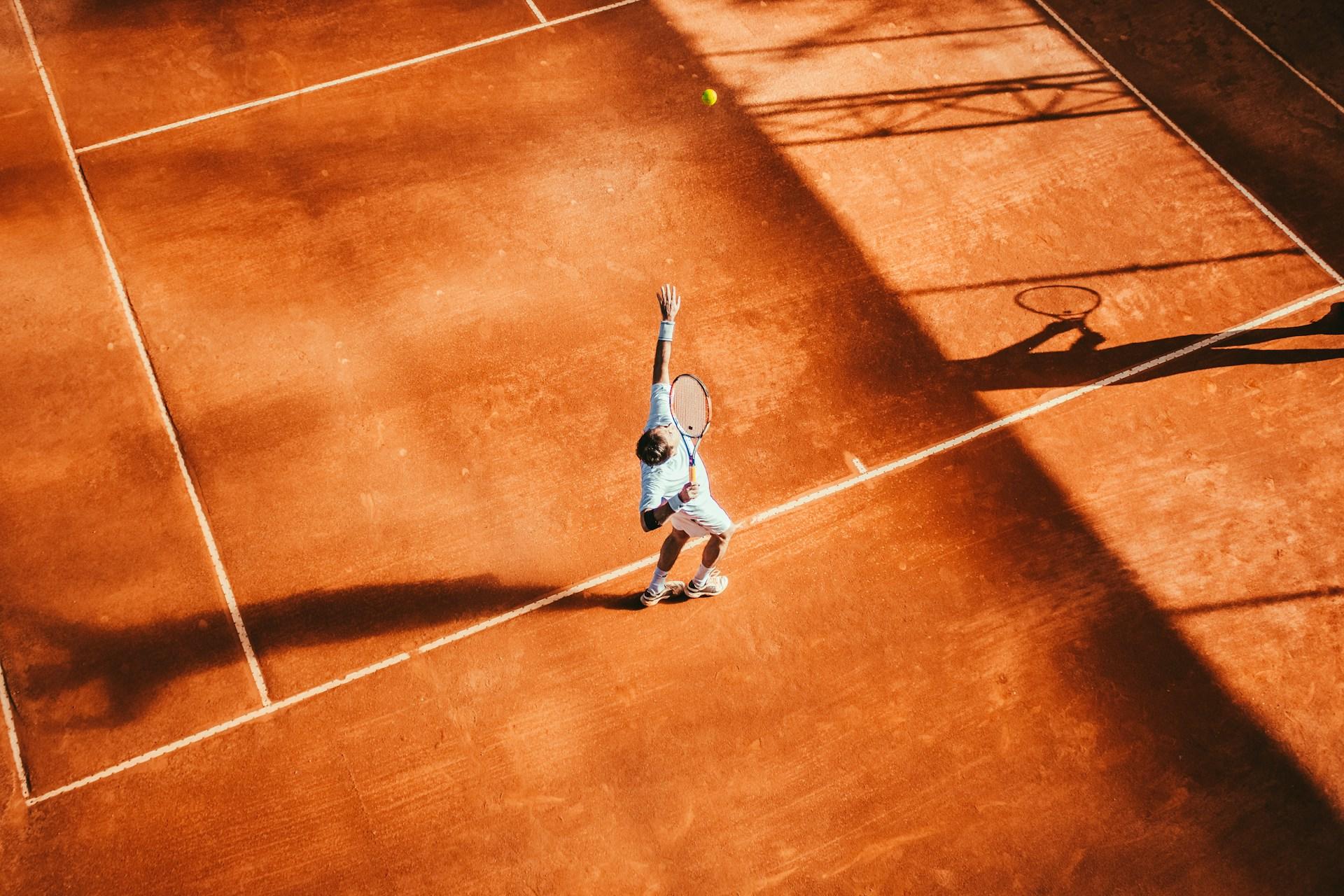














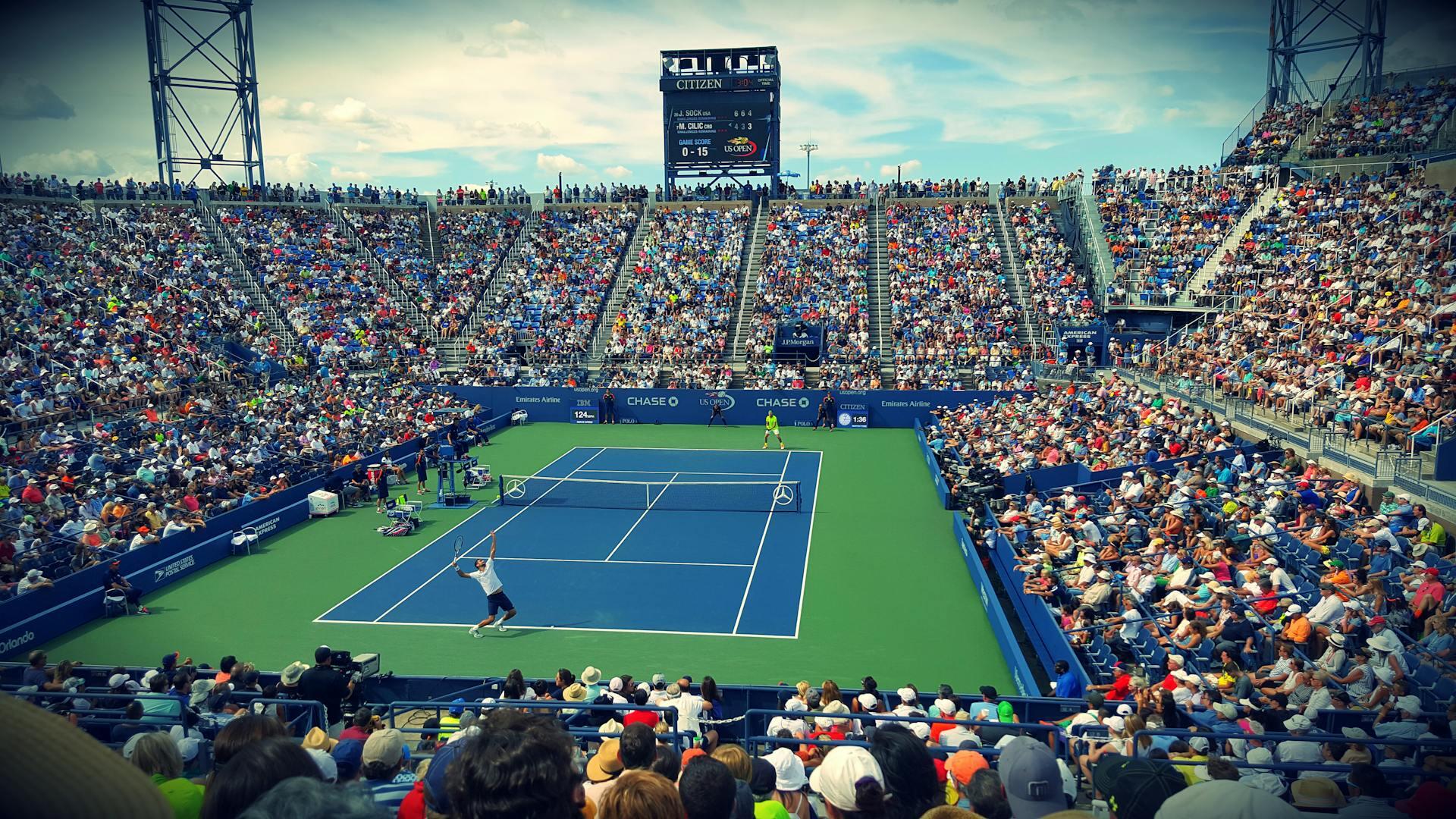
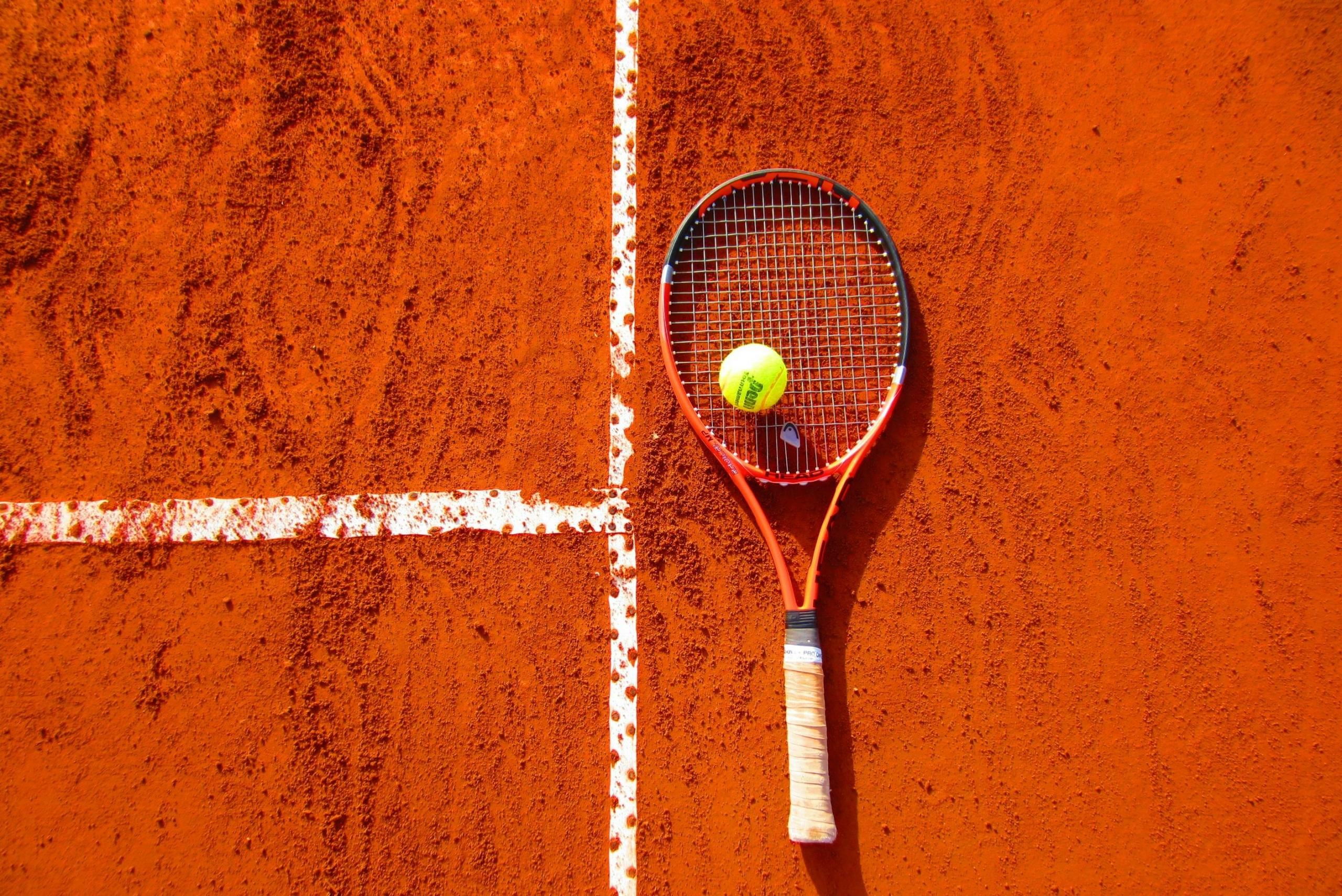
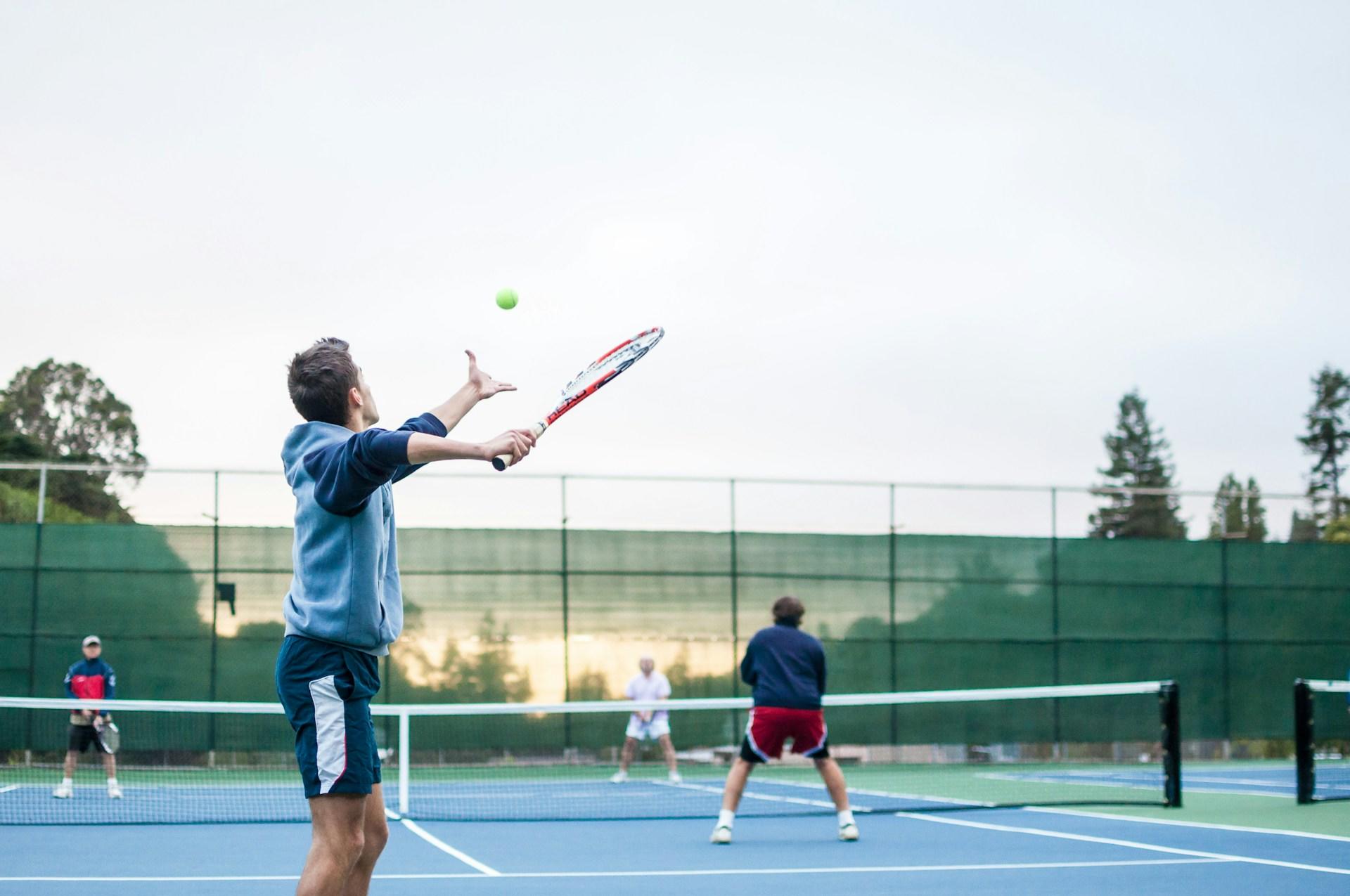
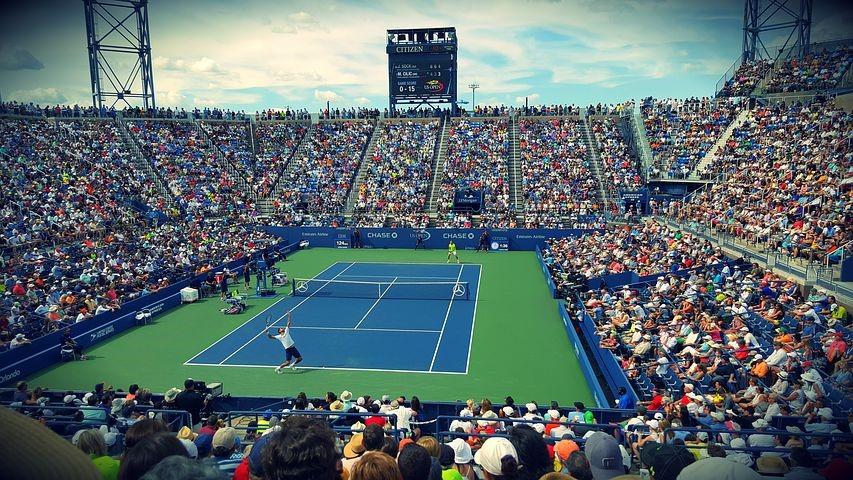
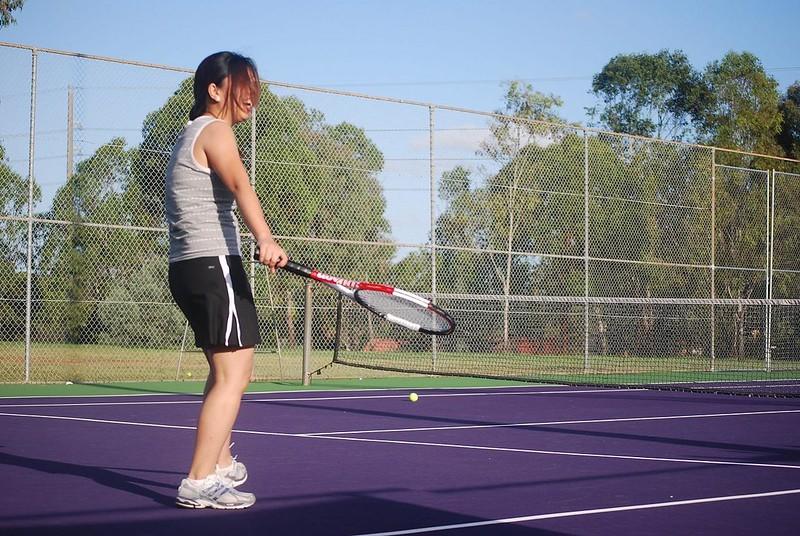
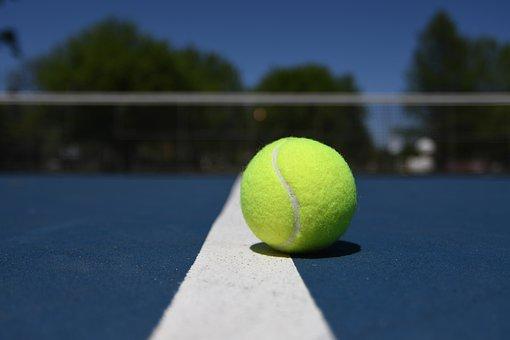
Robin Soderling and No ak are the only ones to beat Rafa at the French
Why not incorporate the camera view for challenged balls that are called out?
Human error is more likely with the umpire coming down guessing where the ball was hit last. There’s too much technology not to get the camera verification to avoid this human error!!
Hello Brenda, thank you for your comment! This has been a great debate at the French Open, but ultimately they do not use Hawk-Eye technology because they fully trust the line judges and players are able to challenge calls up to three times per set.
Joseph, it seems that the only affordable tickets left are during qualifying week. Will we see good matches in that earlier e week? Thanks for any advice or opinions
Hello Maureen! Yes, there will be great matches to watch. You can see if there are affordable tickets left by checking online at rolandgarros.com. 🎾